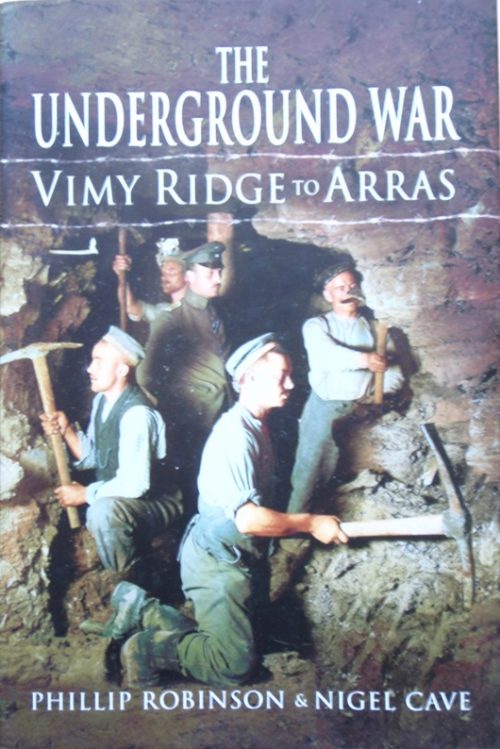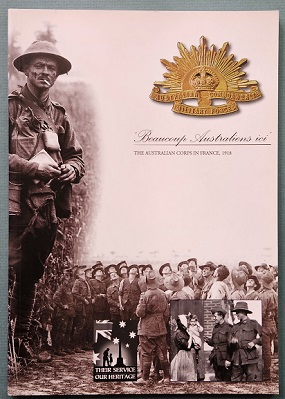Description
Title: The Underground War – Vimy Ridge to Arras
Author: Cave, Nigel and Robinson, Philip
Condition: Mint
Edition: 2nd Edition
Publication Date: 2014
ISBN: 9781473823051
Cover: Soft Cover without Dust Jacket – 269 pages
Comments: This is the first part of a planned four-volume series focusing on a hitherto largely neglected aspect of the Great War on the Western Front – the war underground. The subject has fascinated visitors to the battlefields from the very beginning of battlefield pilgrimages in the years immediately after the Armistice, and locations such as Hill 60 and the Grange Subway at Vimy have always been popular stops on such tours. Three other volumes will follow, covering the Somme, Ypres and French Flanders. Each book in the series has a short description of the formation and development of Tunnelling Companies in the BEF and a glossary of technical terms.
This volume looks mainly at the central Artois, the environs of the whole line of the Vimy Ridge to the River Scarpe and Arras. It does not aim to be a complete treatment of the intensive mining operations along this front. It concentrates on mining, in the area of Vimy Ridge, in Arras itself and at the use of ancient underground quarries, taking Roeux as a good example. There are extensive descriptions of mining on and around Vimy Ridge, including photography and explanations of systems that have been accessed recently but are closed to the public, such as the Goodman Subway.
The narrative draws on French and German archival material and personal descriptions. The text is illustrated with numerous diagrams and maps, in particular from the British and German records, and there is an exhaustive guide to the Grange Subway. Other sites open to the public, in particular the Wellington Cave, are also explained and put into context.
“BBC History – Archaeologists are beginning the most detailed ever study of a Western Front battlefield, an untouched site where 28 British tunnellers lie entombed after dying during brutal underground warfare. For WWI historians, it’s the “holy grail”.”





